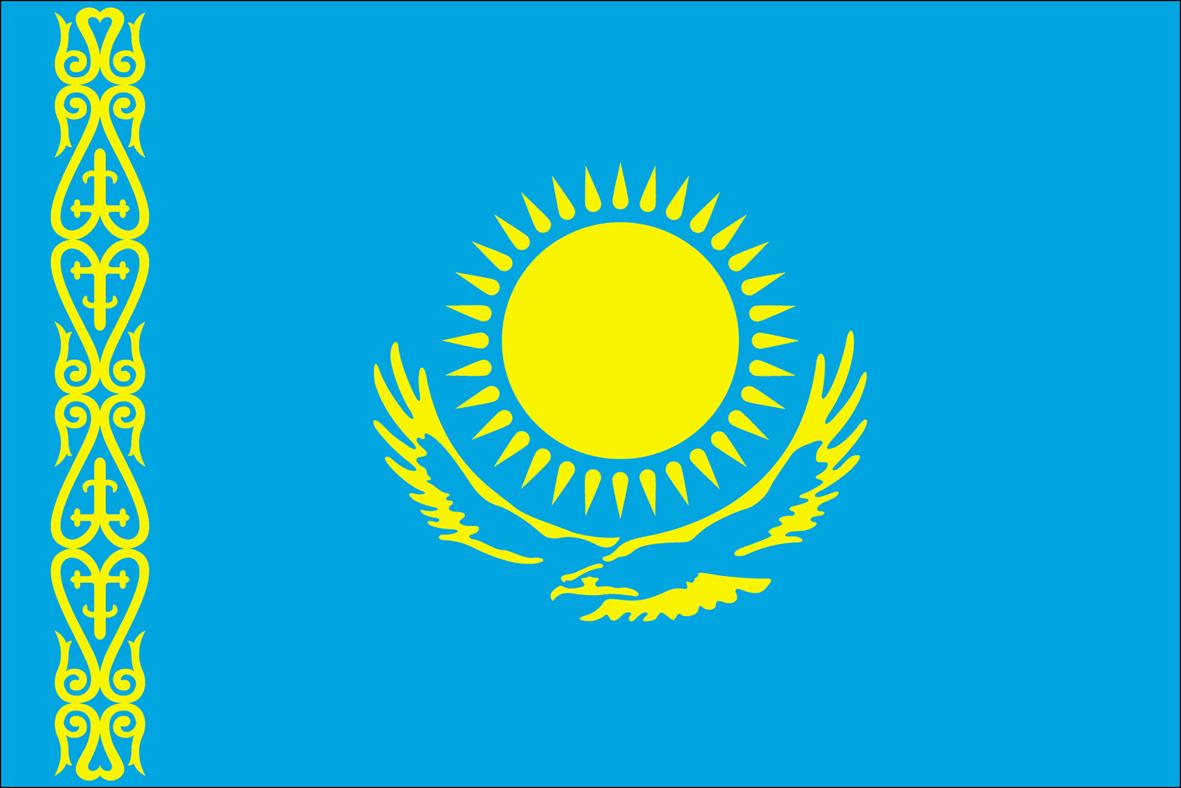Did you know?: Greek Presence in Central Asia
Mythical Greek Heroes © De Silviu Hisom / Shutterstock.comGreeks influence along the East and West trade route led to their settlement in Central Asia. It started in the 3rd century BC and lasted for more than a century. With the Hindu Kush Mountains at its centre, this vast territory stretched out from the Parthian Empire at its West side, to the North of the Indus River at its East. Although written source of their presence are rare, modern archaeological findings displayed a remarkable Hellenic cultural heritage in Central Asia. Excavations - where coins and potteries were found - took places in diverse cities such as Gyaur-kala, Afrasiab, Khojand, Dilberjin, Taxila or Kandahar.
At these times, Central Asia witnessed an exceptional urban development and was known in the West as the “land of a thousand cities”. These cities were along the Silk Roads, and thus had a strategic position in the trading routes. They were essential tools for the Greeks, and had different roles, such as military, administrative, economic, or commercial. These cities were also significant cultural centres where local traditions and Greek traditions interacted and blended in artistic areas, as well as in architecture and religion. Therefore, Greeks lived alongside the local population in these places.

One of the remaining gem of this period is the ancient city of Ay Khanum in Northern modern Afghanistan situated at the confluence of the Oxus and the Kokcha rivers. The excavations in Ay Khanum showed many archaeological evidences of the Greek presence and their coexistence with the local populations in this region. The architecture of Ay Khanum itself displays the melting of various artistic influences. The Greeks, who were inspired by what they saw during their journey from the Mediterranean area to Central Asia, used the Neo-Babylonian and Achaemenid styles – with the construction of courtyards for example. They also applied their own techniques in some features. In addition, official inscriptions in Greek as well as epigraphic records in Aramaic and some Iranian dialects were found in Ay Khanum. Greek language was used in this Central Asian region for administrative, economic, and philosophical matters. However, due to the constant flow of ideas and people of different professions, the Greek language was employed alongside local languages.
Furthermore, these territories – especially the lands around Bactria – benefited from fertile soils, thus, agricultural production was one of the major factor of the economic growth. The prosperity of this vast region enabled to a good cohabitation between the populations of Central Asia and the Greeks. Additionally, the local administration wisely guaranteed the loyalty of the Greeks and the communities towards each other.
Nevertheless, due to an expansion of the Greeks towards these Eastern lands, the Greek rulers had to delegate their authority to local viceroys. These representatives tent to rule in their own way, and eventually, the Greeks lost their position in these regions after decades of cohabitation and cultural interactions. However, all these influences exchanged went on, and all the knowledge acquired and the cities built remain part of our common heritage.
See also:
The Central Asian Maritime Silk Routes
Astronomy along the Silk Roads
Mapping and Compilation of the World Maps along the Silk Roads
Muslim presence in the Korean Peninsula
Muslim Monopoly along the Silk Roads
The Interconnections between Portuguese and Malay languages
Oman region, a Hub on the Maritime Trade Routes
Interactions between Indian Subcontinent and Western Land during Roman Empire
Trade Routes in Himalayan India




